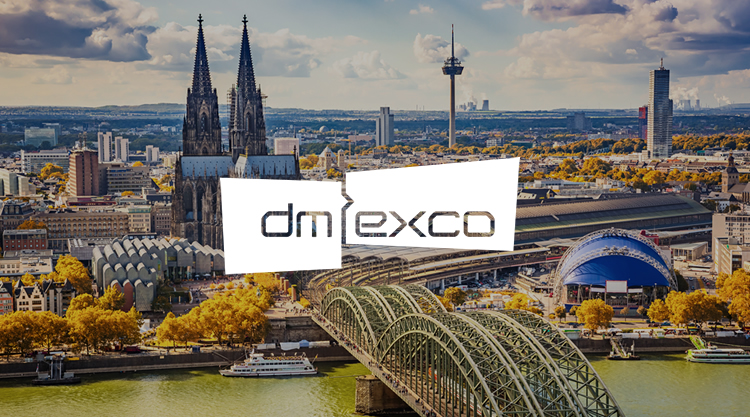As we dig deeper into the issues surrounding transparency, it’s becoming evident that programmatic’s core challenge might be about something deeper than greater clarity over fees, inventory source, and placement – and even more difficult to address.
While advertisers and publishers have every right to know what they’re buying and under what terms, the unprecedented level of scrutiny our industry now faces looks more and more to be a function of questions around the value derived from the recent programmatic revolution.
The degree to which we challenge any state of affairs is defined by how happy we are with its perceived benefits. If we’re content, we have no reason to dig around; if we’re not, we want to know why. And right now, there’s no doubt that questions exist in our industry around whether automated trading has met original expectations for both buyers and sellers.
To fully understand the state of affairs in today’s programmatic ecosystem, we must examine the original promises of automation:
1. Efficiency
The single greatest driver of programmatic adoption has been the chase for efficiency. By automating the planning and buying process at scale, we are able to slash media waste and remove many of the administrative tasks of that process. However, we must also weigh the fact that with this increased technological efficiency comes an increasing list of players each taking its cut of advertisers’ media spend.
Every new link in the supply chain requires not only a fee for their service, but also dedicated resources for partner selection, relationship-building, contract negotiation, and technological integration. According to Chiradeep Gupta, global media director at Unilever, “In order for programmatic to be better and efficient…you end up spending so much money on tech and hampering the efficiency that programmatic is supposed to bring.” These suppliers are all seeking to solve a specific challenge and add value but both buyers and sellers of digital media must examine their partnerships to understand the incremental value they are providing to their business.
2. Audience Data
A second great promise of programmatic is the scaled application of audience data. For years, we saw a steady trend of buying audience driving the growth of the programmatic market. However, there has been a recent shift back towards context. In an interview at Cannes, New York Times CEO, Mark Thompson, explained: “There’s a lot more to advertising than perfect targeting,” including the importance of quality contextual environments.
To capitalize on the true value of programmatic, a certain balance must exist between these two approaches. We are also seeing a trend back to site buying (now through programmatic pipes where audience data can be layered in), which suggests that the value of audience targeting is being tempered with a renewed recognition of the value of environment.
3. Control and transparency
Being able to buy and sell media at scale through unified trading points and via automated systems also promised to return control to the end players – advertisers and publishers. With that control, they should be able to see much more clearly where spend is going and to what effect. However, this level of transparency has not been fully actualized.
That is why we are seeing a resurgence of dialogue around these themes, and why we at PubMatic are bringing transparency to the forefront. We are also seeing major industry players do the same, such as Havas with its ‘fully transparent’ Client Trading Solution. We all need to be committed to increasing transparency in our industry and to putting control back in the hands of buyers and sellers of digital media. As our CEO and founder Rajeev Goel says, the transparency debate is about control.
Why is this happening now?
It is no coincidence that new levels scrutiny of the digital advertising ecosystem have arrived as brand advertisers begin to seriously commit to programmatic buying. We already had the cleanest possible route to understanding if and how direct response campaigns are performing via click, engagement and conversion tracking. We still have work to do to match the highly-evolved metrics and proxies for success that brand spenders have developed in traditional media channels.
Where do we go from here?
At the heart of the challenge is a need to reassess how we gauge success. As an industry, our greatest challenge is to demonstrate value to advertisers and publishers. We need to shift the emphasis of debate away from pure efficiency and further towards effectiveness and show that campaigns work against an advertiser’s objectives. For publishers, we need to demonstrate they are getting the maximum value for their inventory and provide insights that inform their monetisation strategies.
The digital industry has worked – and continues to work – incredibly hard to provide their clients with value and we need to ensure that we are able to demonstrate that value. We must pay much more attention to aligning our own goals with those of our customers and we need a renewed focus on evolving systems and processes that reveal performance much more effectively. Without this commitment, we will struggle to earn the trust of our clients and continue to be subject to ever greater levels of scrutiny.




